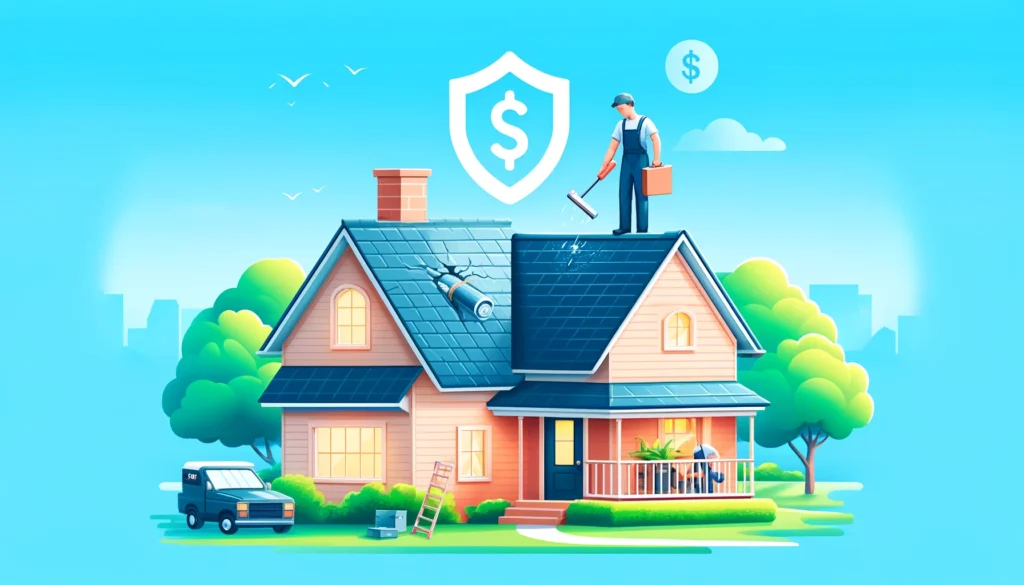Phone:
(925) 392 8321
Physical address:
3478 Buskirk Ave Suite 1000, Pleasant Hill,
CA 94523, United States

Maintaining a sturdy roof over your head isn’t just about avoiding leaks—it’s about ensuring the safety and value of your home. Regular roof maintenance offers numerous benefits, from preventing minor issues from turning into major problems to enhancing your property’s overall appeal. Let’s dive into why regular roof care is a must and how you can stay on top of it.
1. Extends Roof Lifespan
Routine maintenance helps identify and address small issues before they escalate. By fixing minor wear and tear promptly, you can significantly extend the lifespan of your roof, saving you money in the long run.
2. Prevents Costly Repairs
A well-maintained roof can prevent expensive repairs. Small leaks or damaged shingles, if left unattended, can lead to structural damage, mold growth, and even compromised insulation. Regular inspections catch these issues early, keeping repair costs down.
3. Enhances Energy Efficiency
A damaged roof can lead to poor insulation and increased energy bills. Ensuring your roof is in good condition helps maintain proper insulation, keeping your home warmer in the winter and cooler in the summer, thus reducing energy costs.
4. Improves Property Value
A well-maintained roof boosts your home’s curb appeal and market value. Potential buyers are more likely to be attracted to a house with a robust, healthy roof, making regular maintenance a wise investment if you’re planning to sell.
Conducting a thorough roof inspection involves checking for various signs of damage or wear. Here’s a checklist of what to look for:
1. Shingle Condition
Check for missing, cracked, or curling shingles. These are common signs of aging or damage from weather elements.
2. Leaks and Water Damage
Inspect the attic for signs of leaks, such as water stains, mold, or damp insulation. Water damage can weaken your roof’s structure and lead to costly repairs.
3. Flashing Integrity
Flashing around chimneys, vents, and skylights should be intact and sealed properly. Damaged flashing can allow water to seep into the roof structure.
4. Gutter Health
Ensure gutters and downspouts are free from debris. Clogged gutters can cause water to back up and damage the roof and siding.
5. Moss and Algae Growth
Moss and algae can trap moisture against the roof surface, leading to rot and decay. Remove any growth promptly to maintain your roof’s health.
The frequency of roof inspections depends on several factors, including the age of your roof, the local climate, and recent weather events. Here are some general guidelines:
1. Semi-Annual Inspections
Conduct inspections in the spring and fall. These seasons are ideal for checking for damage caused by winter storms and preparing for upcoming weather conditions.
2. After Severe Weather
Inspect your roof after major weather events like hailstorms, hurricanes, or heavy snowfall. Severe weather can cause significant damage that needs immediate attention.
3. Routine Professional Inspections
Even if you perform regular DIY inspections, having a professional roofer assess your roof every few years is crucial. They can spot issues you might miss and provide expert recommendations.
Keeping your roof in good condition involves more than just inspections. Here are some practical maintenance tips:
1. Clean Gutters Regularly
Keep gutters free from leaves, twigs, and other debris to ensure proper water drainage. Clean them at least twice a year or more frequently if you have overhanging trees.
2. Trim Overhanging Branches
Branches that hang over your roof can scrape the shingles and cause damage. Trim them back to prevent any potential issues.
3. Remove Roof Debris
Leaves, twigs, and other debris can accumulate on your roof, trapping moisture and causing rot. Regularly clean off any debris to keep your roof dry and intact.
4. Address Minor Repairs Promptly
Fix small issues as soon as you notice them. Replacing a few shingles or sealing a minor leak can prevent much bigger problems down the line.
Regular roof maintenance is an essential aspect of homeownership. By staying proactive and addressing minor issues before they escalate, you can extend the life of your roof, avoid costly repairs, enhance energy efficiency, and boost your home’s value. So, make it a habit to inspect your roof semi-annually, especially after severe weather, and don’t hesitate to call in a professional for a thorough check-up. Your roof—and your wallet—will thank you.
